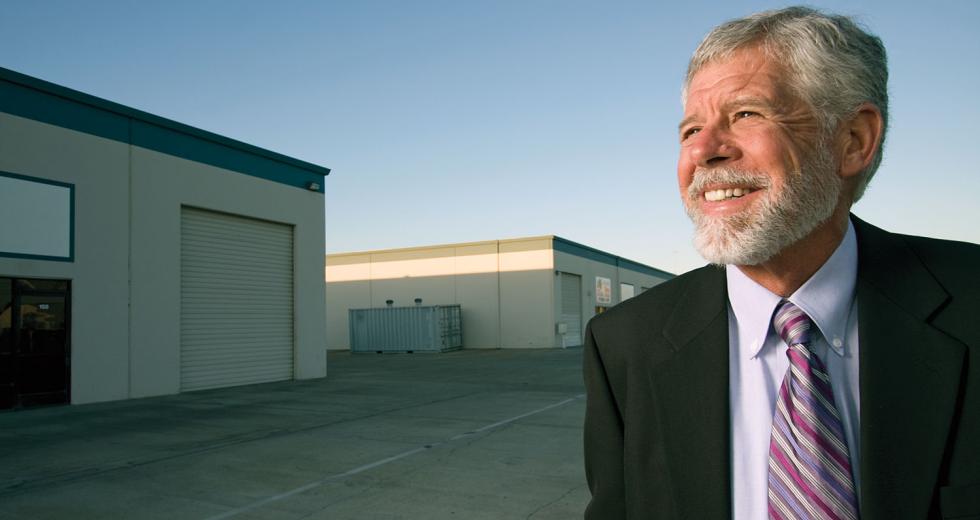Rancho Cordova recently celebrated the annexation of a finger of land — Folsom Boulevard east of Sunrise Boulevard and south of Highway 50 — with the rest of the incorporated city. Mayor Ken Cooley wore a tuxedo to mark the occasion, which was fitting considering the sales tax implications of some of the businesses now included in the city limits. However, the negotiations were high stakes. The path to annexation flowed through the courts before finally resolving in November 2009. At issue was about $7 million in sales tax revenue collected in the area and a disagreement about how to reach revenue neutrality while delivering services to businesses inside the newly incorporated area.
To understand why the city and county ended up in mediation seven years after incorporation, a little bit of background: When Citrus Heights incorporated in 1997, Sacramento County took the city to court to gain $2.5 million in revenue neutrality payments over and above the $2.5 million in property taxes the county collected. When Rancho Cordova incorporated, the county wanted to make sure it was not put in a similar situation. It carved out a lucrative area inside city boundaries because the revenue from that swath would return close to the amount the city owed annually. The 748 acres was unincorporated but part of Rancho Cordova’s sphere of influence.
“Ideally you don’t want to create an island of county inside the city, but that had to happen or the incorporation wouldn’t have gone forward,” says Peter Brundage, executive officer at the Sacramento Local Agency Formation Commission.
Rancho Cordova Economic Development Director Curt Haven described the holdout as the county “taking the area as collateral.” The Rancho Cordova Incorporation Committee didn’t have much say over the boundaries, Haven says. “It was just a group of volunteers up against a county with all its lawyers. Now that we are a city with our own bank of attorneys, it was easier to be heard,” he says.
Under the settlement, the county would continue to collect and keep the local property taxes generated in the area for the next 25 years. Following recovery of its costs for providing services to the area through the collection of sales tax, transient occupancy tax and utility users’ tax, it would send 75 percent of those funds to the county as part of a permanent revenue-sharing agreement.
Also at stake was the transfer of responsibility for the housing element, says Robert Sherry, director of planning and community development for Sacramento County. All jurisdictions are required to make a spectrum of housing available. The biggest challenge is almost always low-income and very low-income property. Sherry says Sacramento County would be noncompliant if the county’s obligation weren’t also shifted to Rancho Cordova with the zoned multifamily land. While the two jurisdictions were able to compromise, similar issues could arise in Arden-Arcade, Sherry says, already looking at that potential incorporation.
Days after the Rancho Cordova ceremony, Frank Wernette, special projects manager for Tri Tool Inc., an international machine tool manufacturer on Sunrise Boulevard, says he didn’t feel much different. “They were very business friendly,” he says. The company moved its 150 California employees to its bigger location in the Rancho Cordova area two years ago because of the proximity to transportation, energy industry clients and suppliers.
The benefits to the property owners, according to Haven, include a higher level of police services, biweekly road sweeping, representation of five city council members at large and increased code enforcement. Businesses in the area can now also include the All-American City designation recently won by Rancho Cordova on signs and marketing materials. County business licenses will continue to be effective until they expire. Then owners will write a similar check to the city of Rancho Cordova. “We will require every business have a license,” Haven says.
Rancho Cordova has been providing services to the area on an as-needed basis anyway. When a small crime wave of nighttime thefts hit the industrial area, the city helped establish a business watch group until the culprits were caught. “The area is not broken, so we won’t try to fix it,” Haven says.
The change in map boundaries could have implications for what gets built. What the annexation does right away is bring all 17 hotels comprising 2,121 rooms together under one city banner, making cooperative marketing easier. Two more hotels are in the planning stages.
The county, partly to meet its housing density requirements and partly because transit-oriented, high-density uses are considered smart development, had zoned the area for mixed use with an emphasis on housing. The city of Rancho Cordova may stress the retail component of mixed-use development for the sales tax benefits, Sherry says.
Existing uses will continue with permits, and any new zoning will expand opportunities for development, Haven says. He sees opportunities for infill on Sunrise and near the light-rail station. He would also like to capitalize on the diverse manufacturing in the area to create more jobs.
As for the GenCorp property to the south of the annexed sliver, Haven didn’t have specific plans. “We will do any growth in a logical way,” he says.
On Sacramento Area Council of Governments blueprint maps the former Aerojet property is marked for open space. The blueprint identifies optimal land use through 2050 in the region.
The city of Rancho Cordova has been very blueprint supportive,” says Mike McKeever, executive director for SACOG. “Generally, when it comes to developing the green sections, we need to ask some tough questions about whether it makes sense to build infrastructure out there when theoretically a lot of development is left vacant in the high-density areas on the map.”
What’s next? Haven looked at the map and threw out a few names: Rosemont, Mather and Gold River. “It depends on who comes to us asking for incorporation because they see the benefit of being part of an entrepreneurial city,” Haven says. County budget cuts could make that happen sooner rather than later, he adds.
“We are not going out and conquering land for land’s sake. We will only do it if it is fiscally viable for the city and the area,” says Joe Chinn, Rancho Cordova assistant city manager.
Recommended For You

Neighborhood Watch
A planned development near Rancho Cordova is sparking intense debate
Infill or outpost? Sprawl or smart planning? How some people view the Cordova Hills development proposed for southern Sacramento County may depend on which end of Highway 50 they’re looking from.



